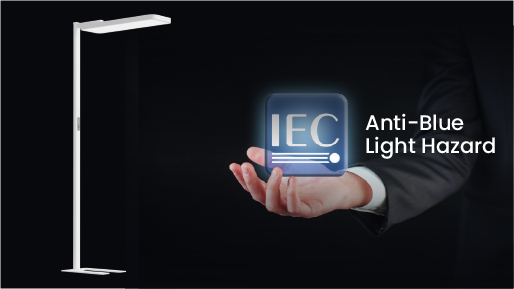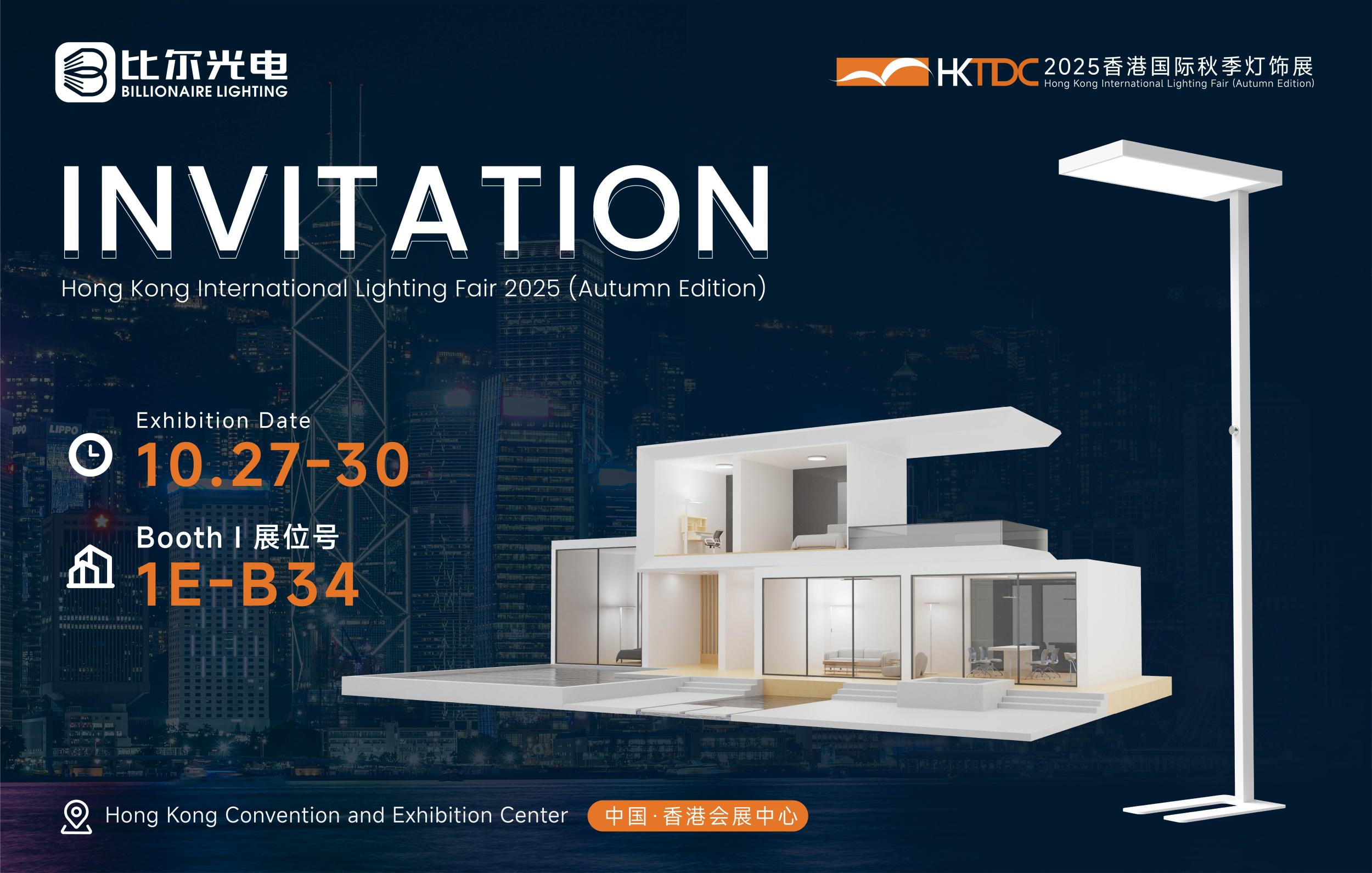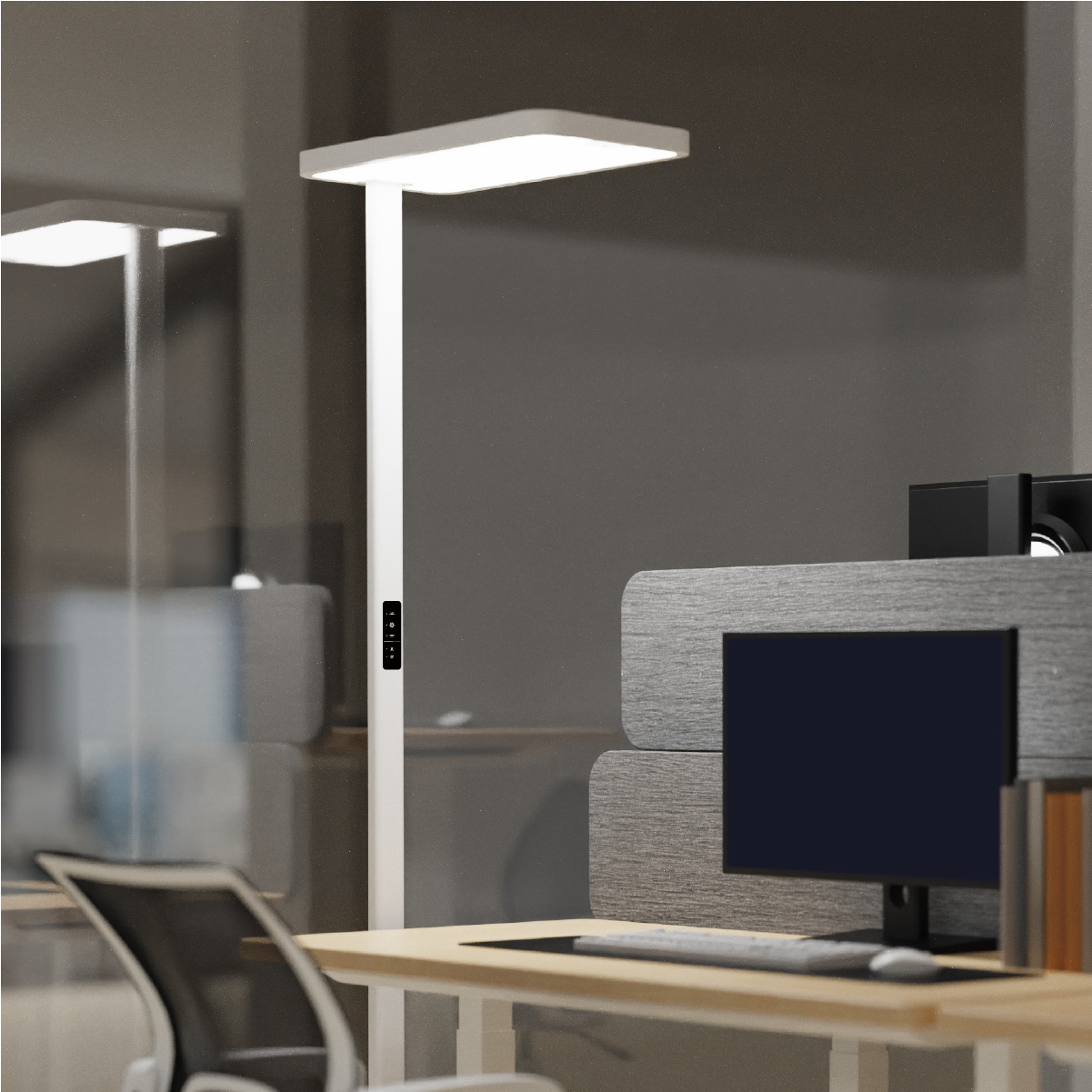Introduction
In today's digital age, the concept of a smart desk light has revolutionized the way we illuminate our work and study areas. Gone are the days when a simple desk lamp was sufficient; modern smart lights offer a plethora of features that go beyond basic illumination. They combine innovative lighting technology with intelligent connectivity, providing users with a personalized, efficient, and comfortable lighting experience. This in-depth exploration delves into the world of smart lights for desks, uncovering their design, functionality, benefits, and how they are transforming our daily routines.
Design and Aesthetics
Smart desk lights come in a remarkable variety of designs, catering to diverse tastes and interior decor styles. At one end of the spectrum, there are sleek and minimalist models that blend seamlessly into contemporary workspaces. These lamps often feature clean lines, a monochromatic color palette, and a compact form factor. Materials such as aluminum, matte plastic, and tempered glass are commonly used to create a modern and durable look. For instance, a slender, all-metal smart light with a touch-sensitive control panel might be the perfect addition to a minimalist home office setup. Its unobtrusive design allows it to sit unnoticeably on the desk while still providing powerful illumination.
On the other hand, there are more elaborate and decorative designs for those who prefer a touch of elegance or whimsy. Some smart lights incorporate artistic elements like sculptural bases, hand-blown glass shades, or intricate patterns. These can serve as a focal point in a room, especially in a study or a reading nook. For example, a desk light with a crystal-like glass diffuser that refracts light in a beautiful and unique way can add a touch of luxury to a traditional library-style workspace. The color options for the lamp body and even the light emitted are extensive. Neutral tones are always popular for their versatility, but some lights allow users to customize the color of the illumination, enabling them to match the mood or theme of their work.
Lighting Technology and Capabilities
The heart of any smart desk light lies in its advanced lighting technology. LEDs (Light Emitting Diodes) are the dominant light source due to their numerous advantages. They are highly energy-efficient, consuming significantly less power than traditional incandescent bulbs while providing bright and consistent illumination. LEDs also offer a wide range of color temperatures, allowing users to switch between a warm, cozy glow (around 2700K - 3000K) suitable for relaxation and reading, and a cool, white light (5000K - 6500K) ideal for tasks that demand high visual acuity, such as writing, drawing, or working on a computer.
Many smart lights take this a step further with dynamic color-changing capabilities. This means users can not only adjust the color temperature but also choose from a spectrum of colors to create different moods or effects. For example, during a brainstorming session, a soft blue light might be selected to inspire creativity, while a bright yellow light could be used for focused work. Some lights even have pre-programmed lighting modes, such as a "reading mode" that automatically adjusts the brightness and color temperature for optimal reading comfort, or a "movie mode" that dims the light and changes the color to enhance the viewing experience.
In addition to color control, smart lights often have dimming capabilities. This is crucial for adapting the light intensity to different tasks and times of day. A touch-sensitive dimmer or a smartphone app-controlled dimmer allows users to easily reduce the brightness when working late at night to avoid disturbing others, or increase it when dealing with detailed work.
Connectivity and Smart Features
One of the defining characteristics of smart desk lights is their connectivity. Most can be connected to Wi-Fi or Bluetooth, enabling them to interface with smartphones, tablets, or other smart home devices. Through dedicated apps, users can control the light from anywhere within the range of the network. This means you can turn on your desk light before you even enter the room, ensuring it's ready for you when you sit down to work.
The apps also offer advanced scheduling capabilities. You can set the light to turn on and off at specific times, mimicking your daily routine. For example, if you usually start work at 9 am, you can program the light to turn on a few minutes before, gradually brightening to wake you up gently, just like a natural sunrise. In the evening, it can be set to dim slowly, signaling your body that it's time to wind down.
Some smart lights can also integrate with other smart home systems. For instance, they might work in tandem with a smart thermostat. If the room temperature drops below a certain level, the light could change color to indicate a colder environment, or it could adjust its brightness to compensate for the reduced ambient light caused by a closed window. Voice control is another popular feature, allowing users to interact with the light using voice commands via devices like Amazon Echo or Google Home. This hands-free operation is especially convenient when your hands are full or you're focused on a task.
Benefits for Productivity and Well-being
The impact of smart desk lights on productivity and well-being is significant. Adequate and appropriate lighting is essential for reducing eye strain, which is a common issue among those who spend long hours working or studying at a desk. The ability to adjust the color temperature and brightness means you can optimize the lighting conditions for any task, leading to fewer errors and increased concentration.
The psychological benefits are equally important. The customizable lighting can create a positive mood, enhancing creativity and motivation. For example, a warm, inviting light can make a workspace feel more comfortable and relaxing, while a bright, focused light can give you the energy you need to power through a difficult project. The circadian rhythm regulation provided by the scheduled lighting changes helps improve sleep quality. By signaling your body when it's time to be awake and when it's time to rest, you can maintain a more regular sleep pattern, which in turn boosts your overall well-being.
Considerations for Selection and Use
When choosing a smart desk light, several factors need to be considered. First, the lighting quality and adjustability are crucial. Look for a light that offers a wide range of color temperatures and brightness levels, as well as smooth dimming and color-changing capabilities. The design should fit well with your workspace and personal style. If you have a small desk, a compact light is preferable, while a larger, more decorative light might be suitable for a spacious study.
The connectivity options and app functionality are also important. Ensure that the light is compatible with your existing smart home devices and that the app is user-friendly and offers the features you need, such as scheduling and voice control. The build quality and durability matter, too. A well-made light will last longer and provide more reliable service.
In terms of use, it's important to take advantage of the smart features. Set up schedules that align with your daily routine, explore the different lighting modes, and use voice control when it's convenient. Regularly clean the light to maintain its performance, and check for software updates to ensure you have the latest features and bug fixes.
Future Trends and Innovations
The future of smart desk lights looks incredibly promising. One emerging trend is the integration of artificial intelligence (AI). Lights could learn your preferences over time and automatically adjust the lighting conditions without you having to manually intervene. For example, if you consistently use a certain color temperature and brightness for a particular task, the AI could detect this and make the adjustment for you.
Another potential innovation is the use of augmented reality (AR) or virtual reality (VR) in conjunction with smart lights. In a gaming or design context, the light could interact with the virtual environment, providing enhanced lighting effects that mimic real-world scenarios. Additionally, further advancements in materials science could lead to even more energy-efficient and aesthetically pleasing lights, perhaps with self-cleaning surfaces or improved light distribution properties.
Conclusion
Smart lights for desks have truly transformed the way we light our work and study areas. They offer a unique combination of style, technology, and functionality that goes far beyond traditional desk lamps. By understanding their design, capabilities, benefits, and considerations, users can make an informed decision when selecting and using these innovative lighting devices. As technology continues to advance, we can expect even more exciting developments in the field of smart desk lighting, further enhancing our productivity, well-being, and the overall experience of our work and study spaces. Whether you're a student burning the midnight oil, a professional working from home, or an artist seeking the perfect illumination, a smart desk light is an essential tool for the modern era.



